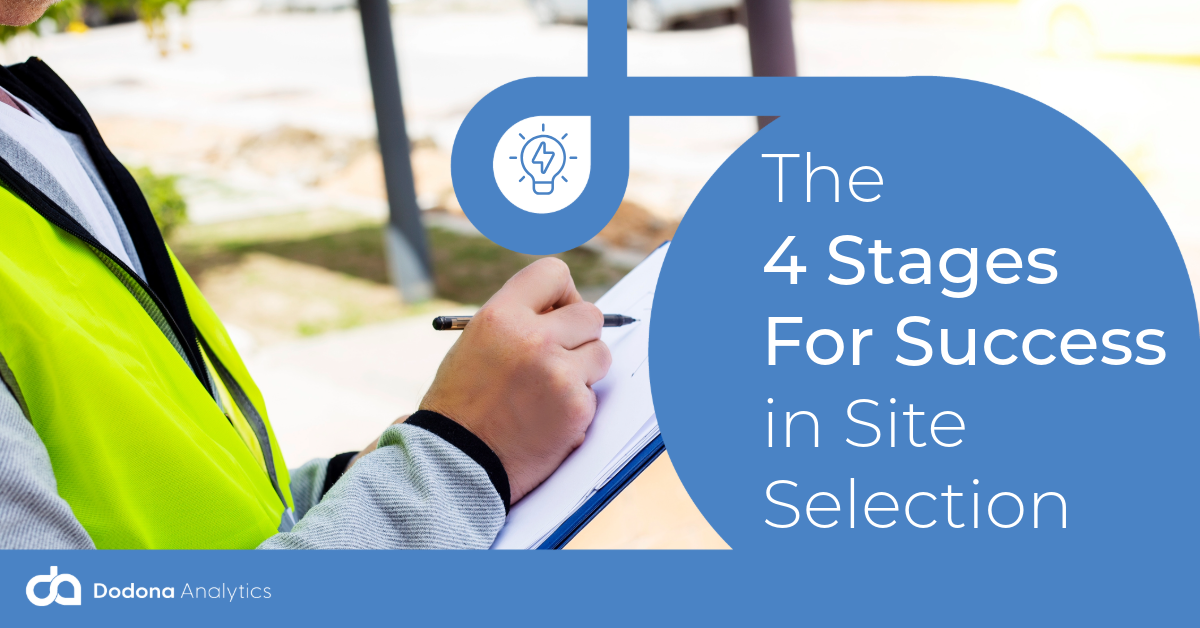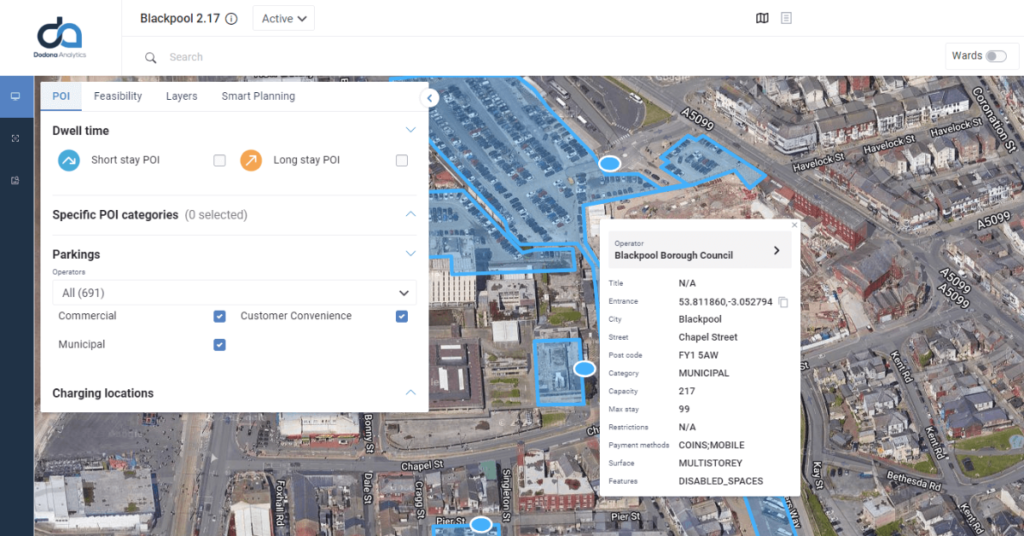As a Charge Point Planning platform (CPP), we share our experience of what leading Charge Point...

Our industry expert and EV evangelist Chris Chamberlain shares four key steps that successful Charge Point Operators (CPOs) follow when building commercially profitable sites, from identification to construction.
The strategic selection of EV charging sites is critical to ensuring widespread accessibility, user convenience, and the overall success of the EV ecosystem; not least the charging anxiety that is slowing EV adoption.
This article outlines the four key stages of EV charging site selection: Identification, Site Assessment, Site Acquisition, and Design/Construction. Each stage involves meticulous planning and execution, with only a small percentage of potential sites ultimately reaching the construction phase. By understanding and optimizing these stages, companies can enhance by improving the process, their efficiency and success rate in deploying EV charging stations.
Stage 1: Identification
The first stage in EV charging site selection is Identification. This stage involves locating “white space” on the map—areas currently underserved by existing charging infrastructure. Identifying these gaps is crucial for maximizing coverage and ensuring that EV users have convenient access to charging stations wherever they travel.
This stage may not be required if a specific list of potential sites is already available, either from a client or identified through prior analysis.
Stage 2: Site Assessment
Once a list of potential sites is established, either through white space analysis or client input, the next stage is a thorough site assessment. Site Assessment is a critical stage, where potential locations are evaluated for their feasibility and viability. This involves a thorough examination of various factors to ensure the site meets the necessary criteria for an EV charging station.
Viability: This evaluates the commercial viability of the site. Factors to consider include:
- Traffic Patterns: Is the location frequented by potential EV drivers? Will the charging stations be utilized efficiently?
- Proximity to Amenities: Are there restaurants, shops, or other attractions nearby where drivers can spend their charging time productively?
- Competition: How many charging stations are already present in the vicinity? Will the proposed site be able to compete effectively?
Feasibility: Here, the focus is on the physical suitability of the site. Key considerations include:
- Utility Infrastructure: Can the existing electrical grid handle the increased power demand?
- Land Availability and Permissions: Is there enough space for the charging stations? Are there any zoning restrictions or permitting hurdles?
- Accessibility and Safety: Is the site easily accessible for EVs? Is there adequate lighting and security measures?
Failing to complete these evidence based checks and assessment will result in the wrong chargers going in the wrong locations i.e. they won’t be profitable!

Stage 3: Site Acquisition
Once feasible sites are identified, the focus shifts to Site Acquisition. This stage involves negotiating with property owners, understanding zoning and regulatory requirements, and estimating the costs associated with developing the site. This stage also involves detailed financial modeling to determine the projected return on investment for each shortlisted site. Only locations with a strong financial justification move forward to the final stage.
Stage 4: Site Design & Construction
The final stage is the construction and installation of the charging station itself. This involves several critical tasks to ensure the station is operational and meets all safety and performance standards.
The miss rate is high
It’s important to acknowledge the reality of the selection process. Due to various constraints, only a small percentage (estimated around 2%) of initially considered sites ultimately become operational charging stations. If we consider an optimistic scenario of a 2-5% go-through rate an operator would have to look at at least 4000 sites to deploy 200.
This is where data and technology play a crucial role. With our advanced site assessment tool, we can help you improve the efficiency and consistency of your site selection process by:
- Increasing accuracy: By analyzing a broader range of variables, you can identify sites with a higher probability of success.
- Ensuring consistency: As opposed to multiple individuals searching for sites and ranking them subjectively, standardized scoring systems based on data-driven criteria ensure a consistent approach to site evaluation, leading to better decision-making.
Reduce manual work: With automation operators can significantly reduce the time and resources required for site selection, freeing up valuable human expertise for other critical aspects of building a successful EV charging network.
Chris is our Co-Founder and Head of Sales. He is an evangelist for eMobility and is passionate about helping the sector make better, evidence-based decisions with data science and AI.
You can follow Chris Chamberlain on LinkedIn



